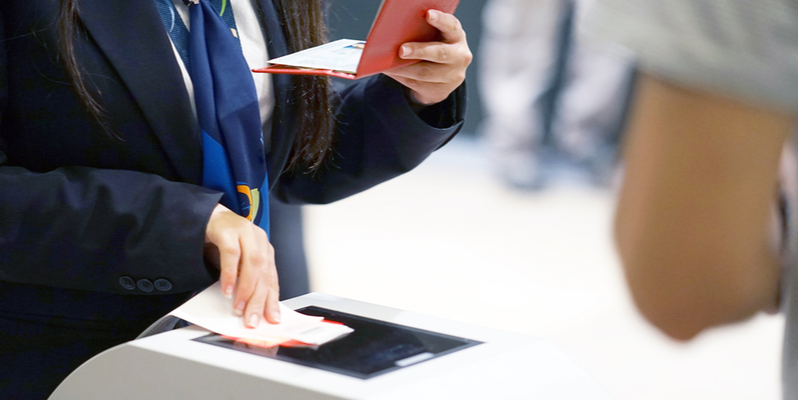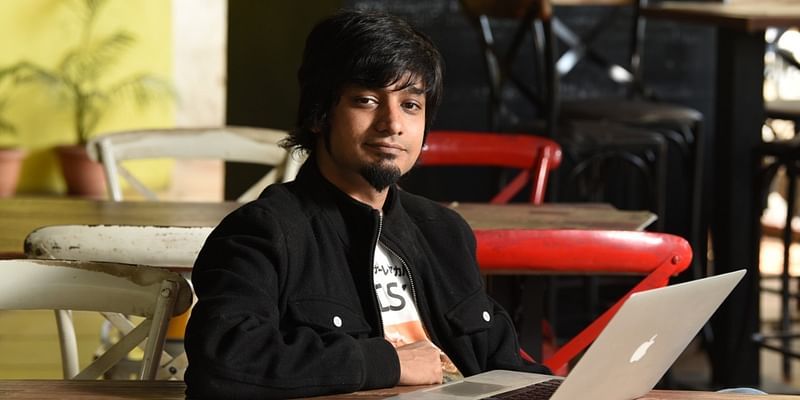Using GPS feed from buses, this startup helps cut commute time in cities
Zophop provides aggregated information with different time and fare options, along with nearest bus and train station locations.
Having worked in the car buying and selling marketplace for more than a decade, CarWale Founder and CEO Mohit Dubey and his friend, Vinayak Bhavnani, were convinced that not more than 10 percent of Indians would own a car or any form of private transport at any point in their lives. This made them focus on public transportation and think of ways to make the everyday commute easier, simpler and convenient for the overwhelming majority of people in the country. The result was Zophop, which Vinayak started in 2014.
Zophop believes that it can bring down the daily commute time of people in the cities by 15-20 minutes every day by giving them access to real-time information and transaction features. The Zophop mobile app is available on the Google PlayStore, and provides information for 15 cities in the country including Mumbai, Delhi NCR, Bangalore, Chennai, Ahmedabad, Kolkata and Hyderabad.

Zophop, which raised angel funding in early 2015 from entrepreneurs and investors like Anupam Mittal, Satyan Gajwani, PK Gulati and Amit Singhal, is a multi-modal trip planner for Mumbai, covering local trains, Brihanmumbai Electric Supply & Transport (BEST) and other buses and metro chapters. It also provides information on location of the nearest bus stops and train stations, as well as taxi locations. Says Vinayak,
“The biggest challenge during the early days was to develop a deep understanding of the market, and understand what our target audience needs. Equally challenging was building the right team. Over the last few years, an additional challenge has been to aggregate data on buses, especially when in most cases it simply doesn’t exist. We have been successful in deploying some innovative go-to-market strategies and technology to address this.”
Twenty-seven-year-old Vinayak, who graduated in Computer Science from IIT Delhi in 2012, and graduated in 2012, joined Directi and worked on mobile chat and voice products for two years before starting Zophop with Mohit in 2014.
The other founder, Nikhil (30), is an Economics graduate from University of Delhi, and an MBA from FMS, Delhi. He spent six years with Morgan Stanley's investment banking team in India, covering technology, automotive and real estate sectors.
Challenges daily commuters face
Lack of knowledge of arrival time of buses is one of the key challenges for commuters. A survey undertaken by the team revealed that the average wait for buses is more than 15 minutes.
“In the age of on-demand services, such long waits has resulted in falling ridership for public buses, and led to overall dissatisfaction of millions of public transport users. We estimate that an average commuter spends the equivalent of eight work days a year waiting for a bus,” says Vinayak.
Using GPS location, proprietary algorithm for all stops on the route based on current vehicle movement, historical data, traffic information etc, Zophop allows commuters to track the real position of a bus, and its time of arrival at any bus stop on a route. Commuters can also purchase tickets on the app.
Business expansion
Zophop has tied up with around 10 transport providers to offer either real-time information or ticketing. It has also partnered with Jugnoo and Uber to offer in-app cab booking in India. Zophop has witnessed more than three lakh downloads so far.
With a team of 15 people, the company is present in 15 cities in India but at different stages of deployment. “We have the most data or ticketing in Mumbai and its suburbs, Nagpur and Kolkata,” says Vinayak.
Zophop is planning to bring 1,00,000 buses on its platform in the next two to three years, as well as provide users with options to choose and combine these buses with other modes of transportation.
Vinayak states that almost 300 million Indians use public transit and spend $75 billion in buying tickets. As they solve the problem, they will be able to monetise these services. “When we offer real-time tracking of buses and their expected arrival time at a stop, along with tickets or monthly passes on mobiles we will make 2-4 percent of the ticket value; that's a roughly $1.5–3 billion revenue market for us,” he adds.
A growing market
According to the Indian Vehicle Tracking and Fleet Management Market report for 2013-17, the Indian vehicle tracking market is set to double in size by 2017. With India expected to invest nearly $1 trillion in infrastructure development and construct an additional 15,000 km of highways by 2017, tracking and fleet management across India will see a spurt in demand. The strong demand for tracking and fleet management is coming from market segments like logistics, mining, construction and employee transportation.
Looking at the huge market opportunity, startups are betting big on innovations around the fleet management solution. Locatera, for example, helps schools manage their fleet of buses in a more efficient way through a ‘tri-app’ methodology. Fleetrover allows businesses to monitor their fleet, and drill down to specific assets and their current status or outstanding alerts. Heuristics is a GPS-based vehicle tracking system (VTS) and mobile-based personnel tracking solutions.
"We see Zophop acting as a public transit assistant to every Indian. We are on our way to have 100,000 live buses on our platform for eta or ticketing in the next 2-3 years as well as provide users with options to choose and combine these buses with other modes of transportation," says Vinayak.
Website: Zophop








